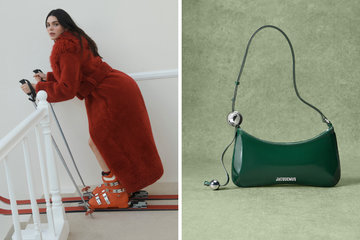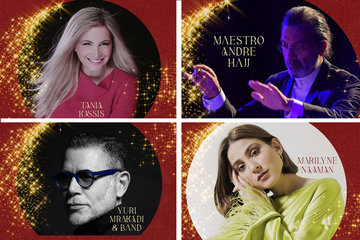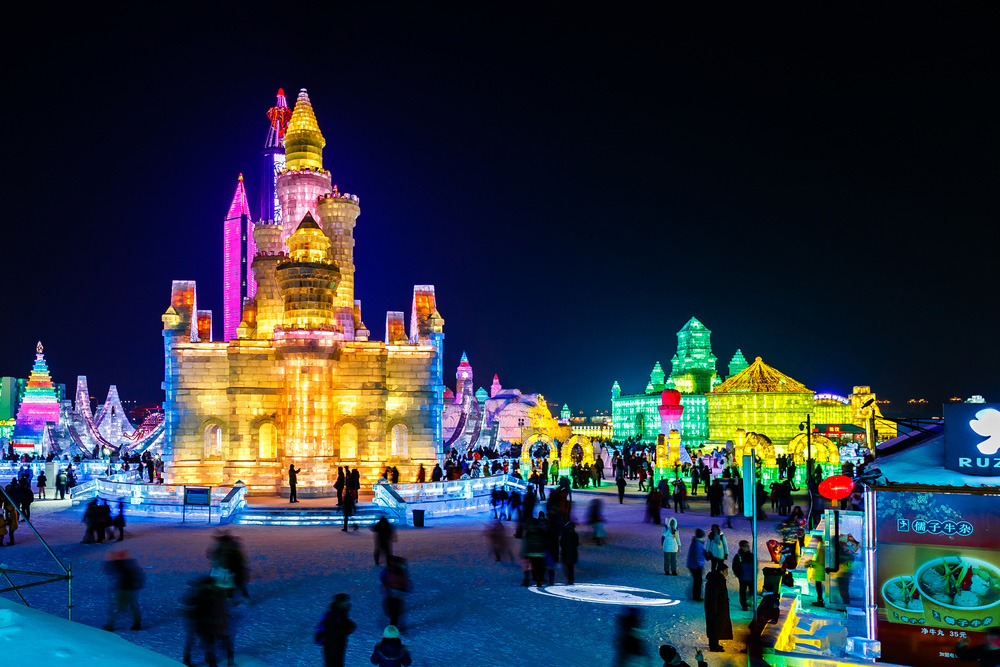
If you get awestruck by the cold-weather spectacles every time you watch “Frozen” and you can endure teeth-chattering sub-zero temperatures, the Harbin International Ice and Snow Sculpture Festival is one to instantly add to your bucket list.
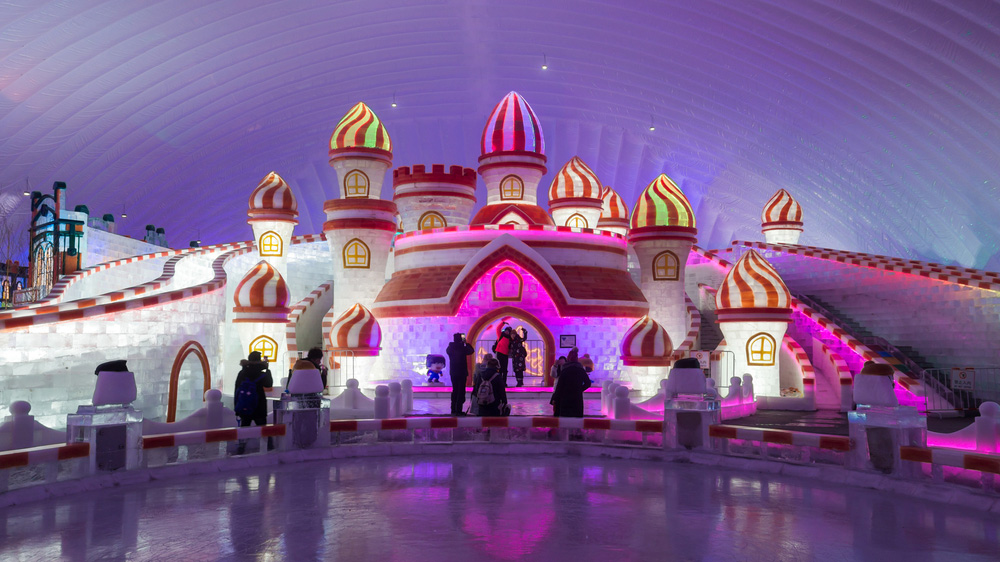
Celebrating its 35th year, China’s annual wonderland of ice has grown to become one of the world's biggest winter festivals, competing with the others in Nowray, Sapporo and Quebec. The festival, which takes place in the city of Harbin in northeastern China's Heilongjiang province, officially started on January 5 and lasts one month. However, some attractions and exhibits opened to visitors before and may stay longer, weather permitting.
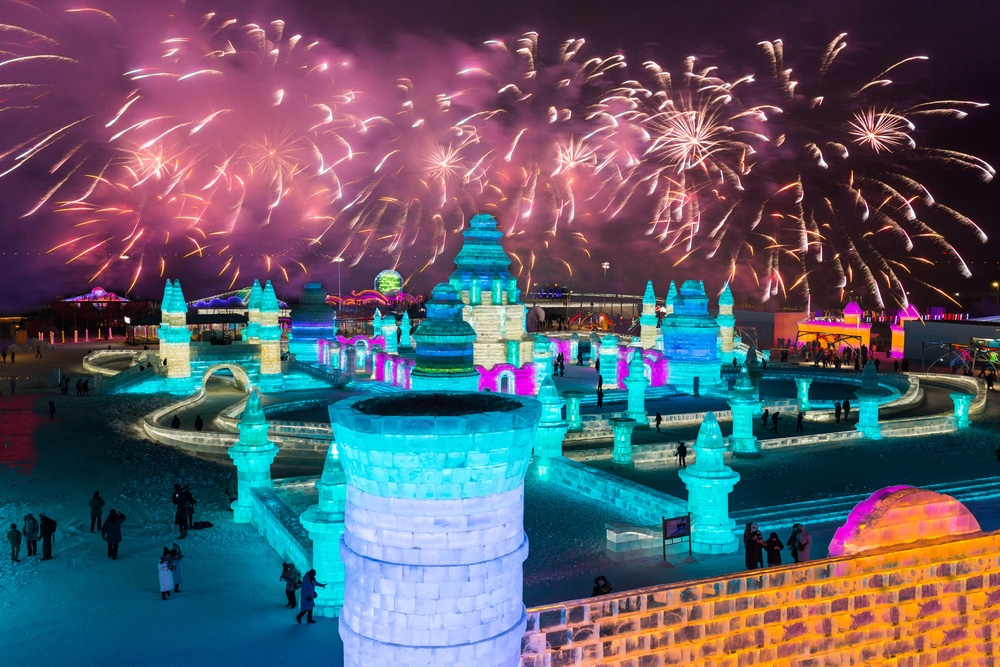
The official modern-day festival was first celebrated in 1985, however an organised ice show began in 1963. Inspiration for the festival came from Heilongjiang's traditional lanterns, which peasants and fishermen carved out of ice taken from the Songhua River so they could place illuminated candles inside. Today, its the scale and size of the painstakingly crafted ice sculptures, some reaching about 46 metres high, and gigantic snow statues, that have made the event world-famous, attracting 10-15 million visitors annually.
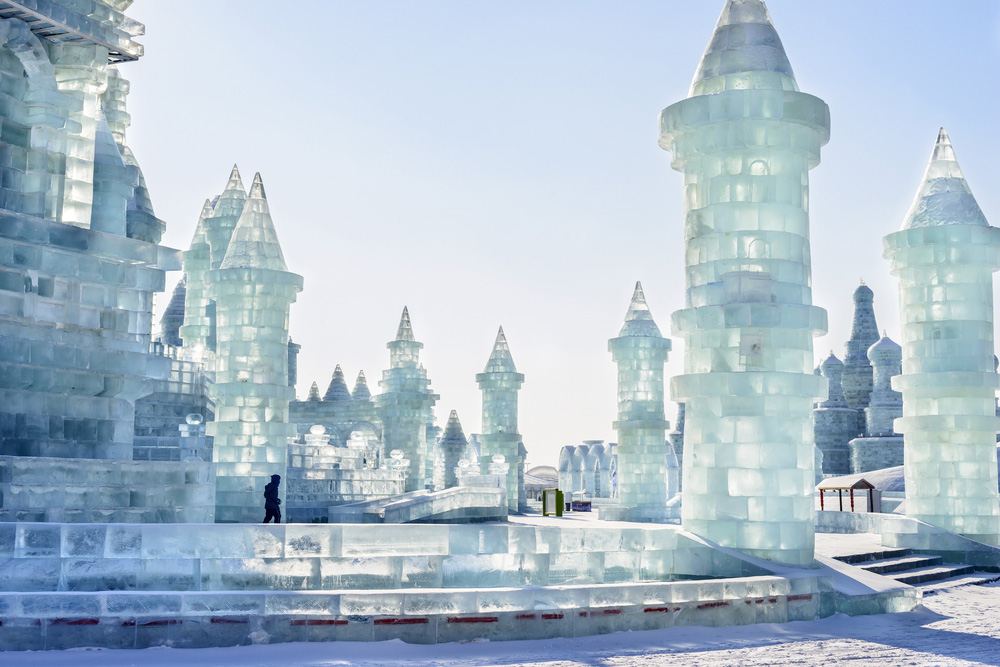
The work that goes into making the arresting installations, some of which visitors can climb and play on, is astounding. Around 10,000 workers cut and haul the blocks of ice pulled from the frozen surface of the nearby Songhua River. And thousands of ice sculptors use chisels, ice picks and various types of saws to carve out the festival's frosty artistic productions that boast intricate designs. Deionised water, which produces ice as transparent as glass, is also used. Workers also carefully carve the snow with saws, shovels, augers and sandpaper. At night, the stunning sculptures are illuminated with rainbow colours via computer controlled LEDs and regular lighting, making them even more striking.
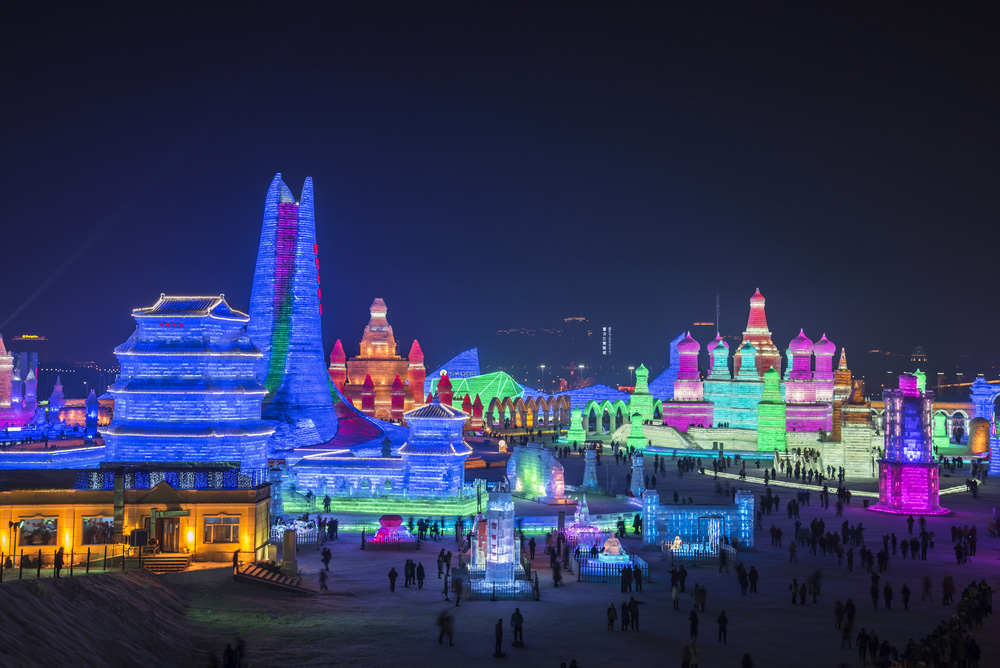
While ice sculptures are erected throughout the city, these are the three of the most visited exhibition areas:
Harbin Ice and Snow World
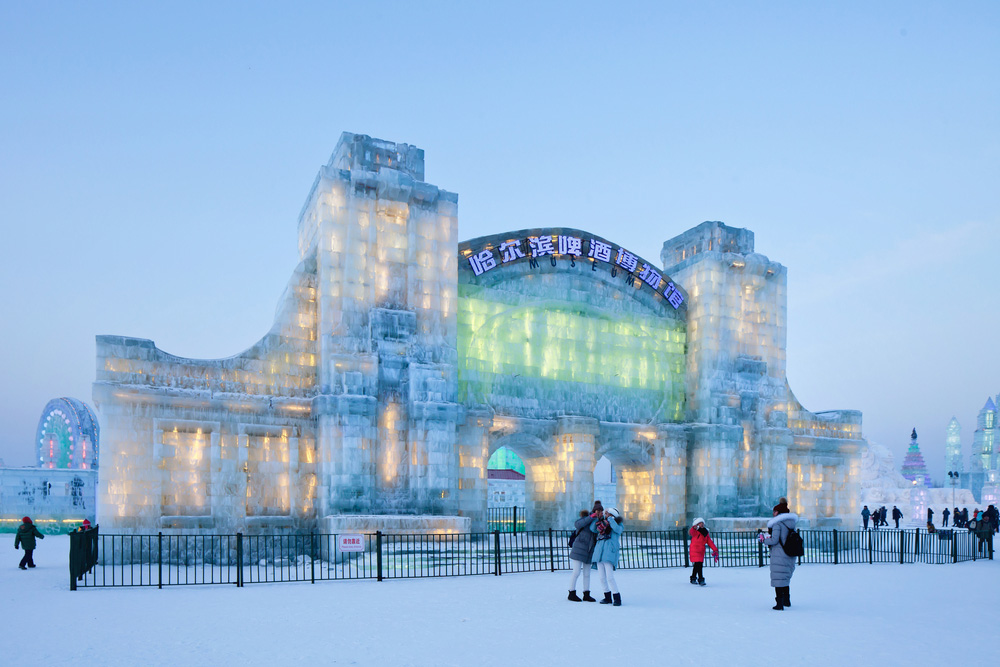
Described as an “icy Disneyland,” this attraction is filled with frozen architectural accomplishments, including castles and replicas of iconic buildings, and it’s best to visit at night when everything is magically lit up. This year, the Harbin Ice and Snow World spans over 750,000 square metres and features 2,000 ice sculptures.
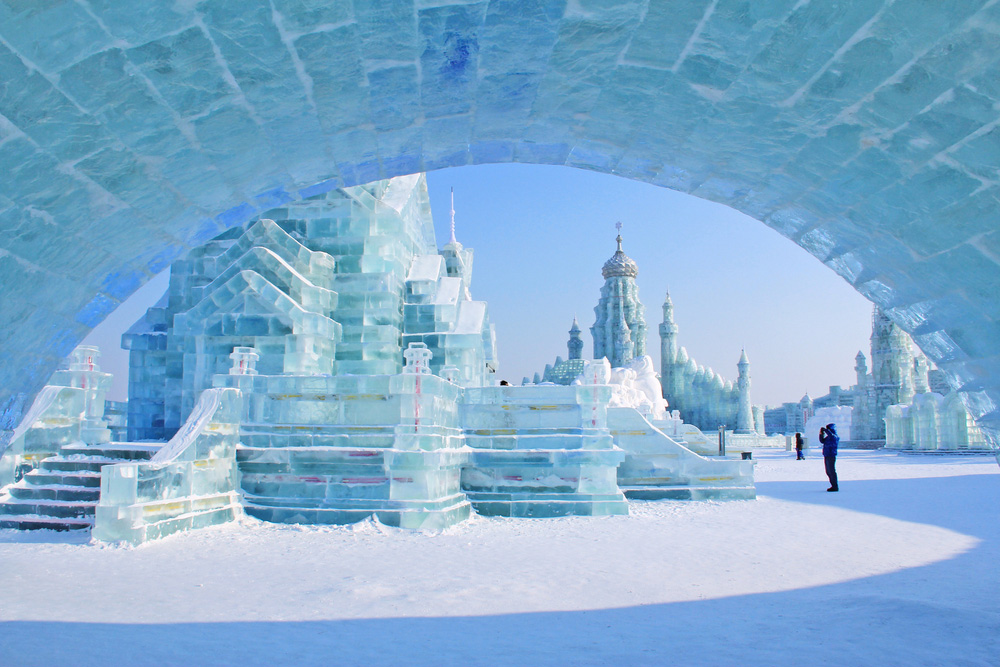
As well the usual towering castles and structures, mini ice replicas of the Colosseum and the Milan Cathedral, a snow Buddha statue, a 3D light show and 340-metre-long Northern Lights-themed ice slides are some of the 2019 highlights. There are also life-size replicas of the Acropolis and Beijing’s Forbidden City and an ice-block post office that actually sends letters.
Harbin Sun Island International Snow Sculpture Art Expo
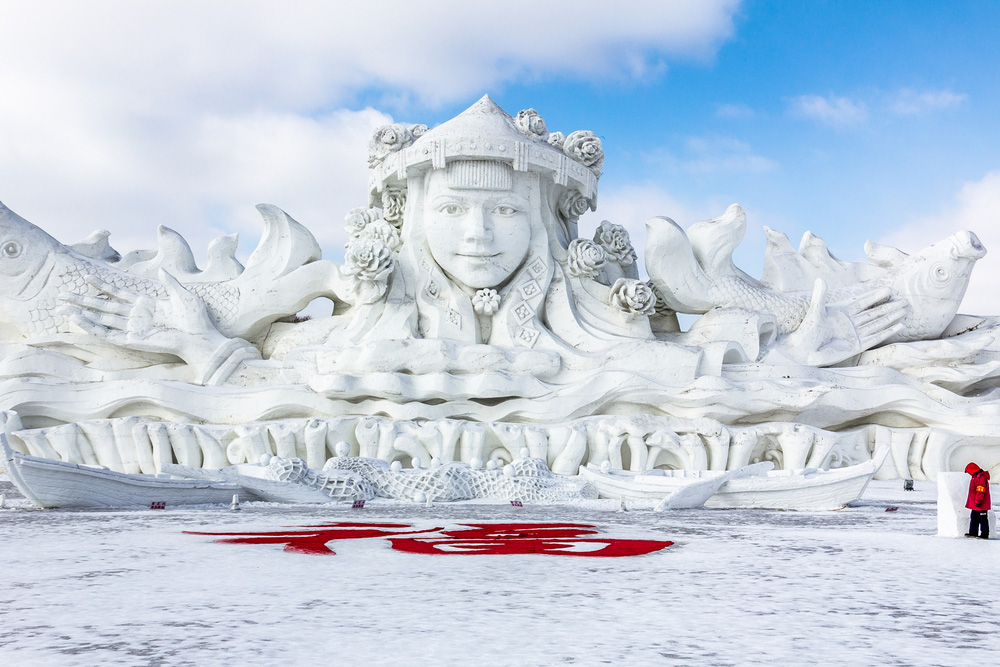
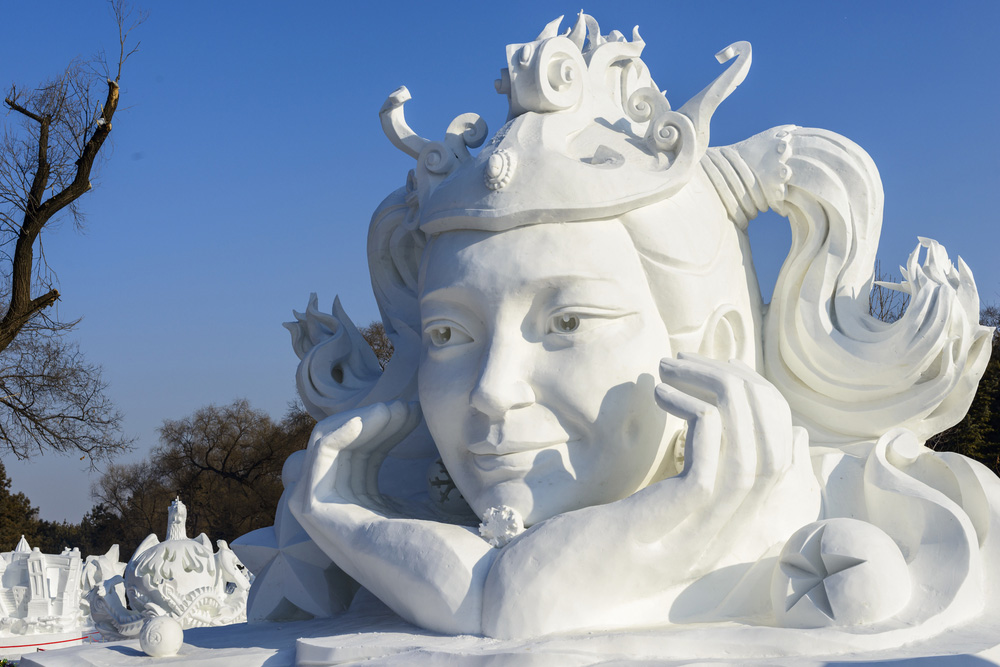
This is a recreational area that features an expo of enormous snow sculptures, which can only be visited during the daytime. This year, the main snow sculpture is 33 metres high and over 100 meters long.
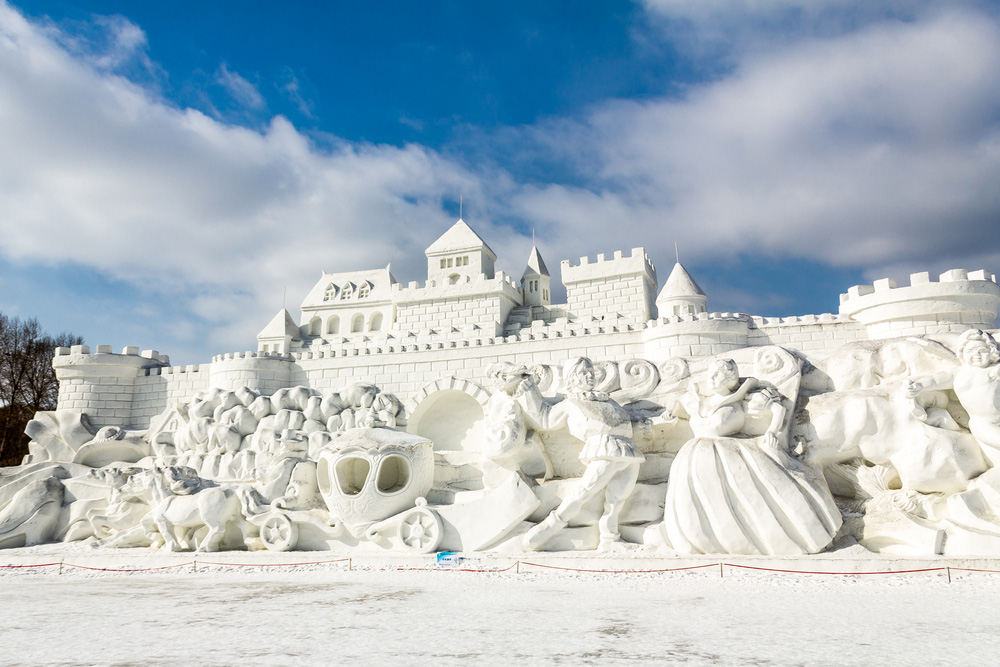
There’s also an annual snow carving competition held here, where teams from around the world sculpt highly meticulous creations out of hard packed snow.
Zhaolin Park Ice Lantern Fair
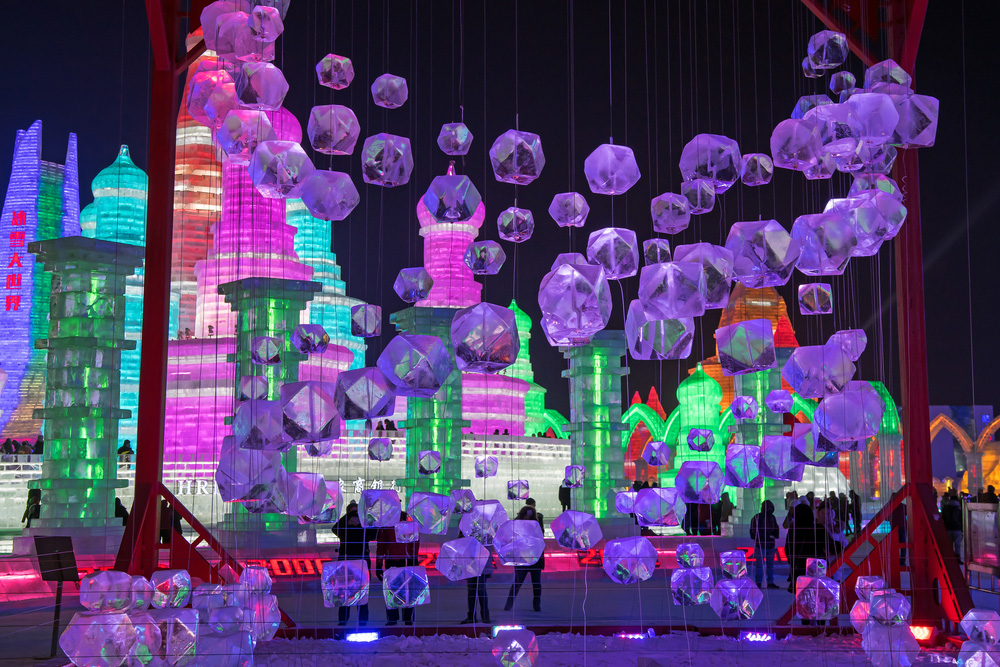
Zhaolin Park is the main display area for the ice lanterns and should be visited when it is dark. Over 1,000 ice sculptures are displayed, such as internally illuminated ice lanterns, magical figures and animals that are loved by children.

Most are the contribution of locals, but ice sculptors from different countries also exhibit their works on the site and some are serious contenders for awards and recognition. As it is mostly focused on kids, there are interesting activities for children to enjoy too.
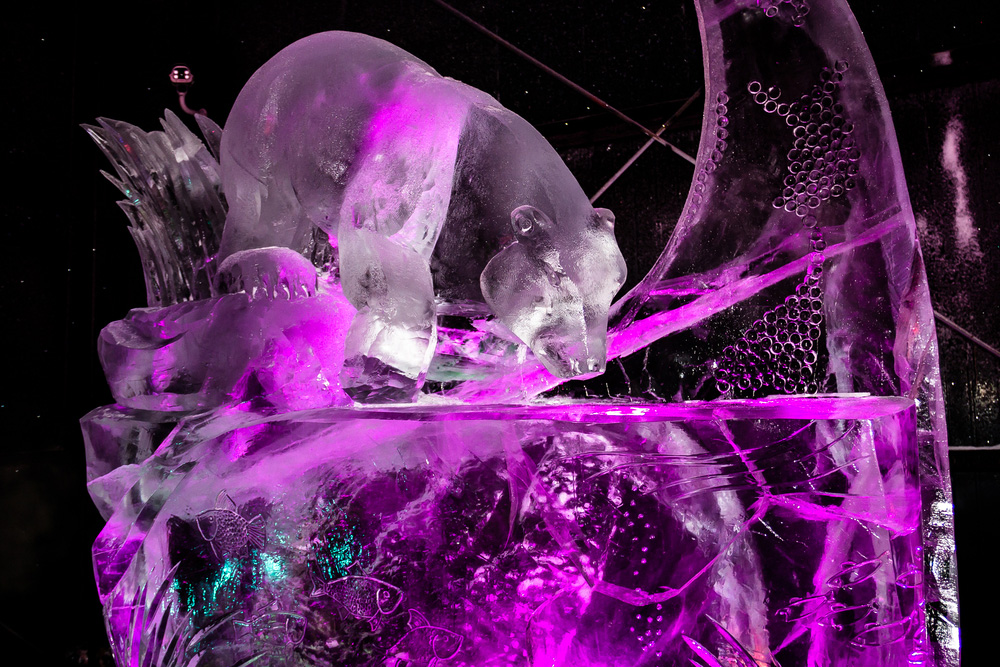
As well as the spectacular installations, there are many other things going on during the festival. Polar swimmers who want to improve their circulation and mental acuteness plunge into a freezing pool carved from the frozen ice of the Songhua River despite the sub-zero temperatures. What’s more, there’s even a swimming competition every year with hundreds of men and women taking part. And for those looking for an exceptional place to tie the knot, the festival has a mass wedding every year. A record-breaking 47 couples bundled up to get married this year.
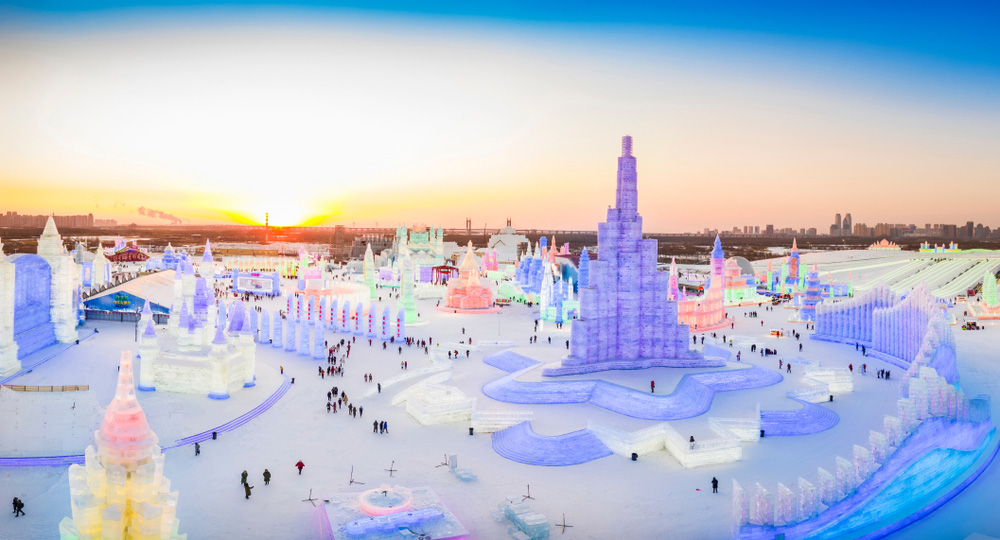
Winter activity highlights include sled rides on the Songhua River, ice sailing, ice hockey, ice football, speed skating, Yabuli alpine skiing and fishing. This year, visitors can also stroll through the festival's display of 2,019 snowmen along the river. Coming in different shapes and sizes, they carry flags or memorabilia from different countries.


